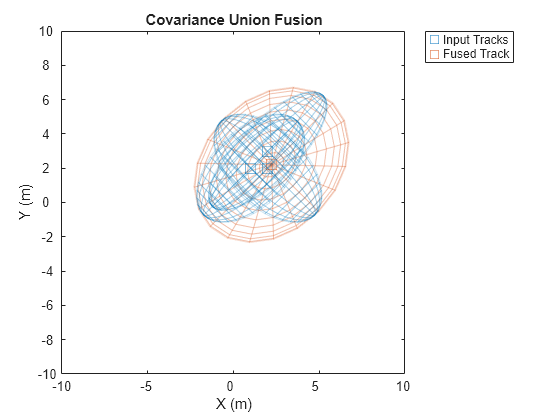fusecovunion
Covariance fusion using covariance union
Description
[
fuses the track states in fusedState,fusedCov] = fusecovunion(trackState,trackCov)trackState and their corresponding covariance
matrices trackCov. The function estimates the fused state and
covariance in a way that maintains consistency. For more details, see Consistent Estimator.
Examples
Input Arguments
Output Arguments
More About
References
[1] Reece, Steven, and Stephen Rogers. "Generalised Covariance Union: A Unified Approach to Hypothesis Merging in Tracking." IEEE® Transactions on Aerospace and Electronic Systems. Vol. 46, No. 1, Jan. 2010, pp. 207–221.
Extended Capabilities
Version History
Introduced in R2018b
